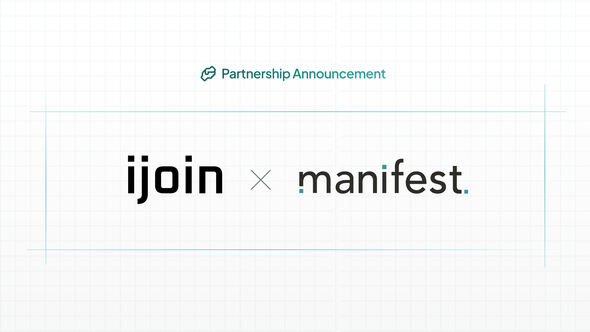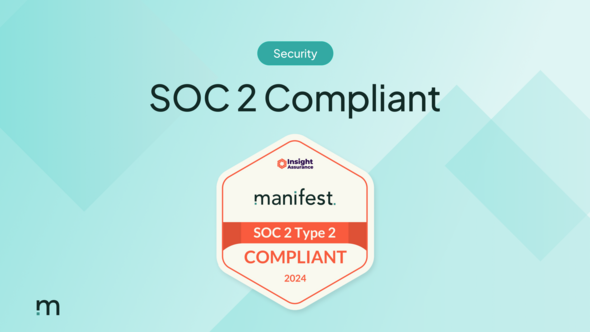Workers in the educational sector spend their careers investing in others' futures. Yet saving for retirement remains a top financial concern. Multiple scattered accounts and mounting fees cut into their ability to build wealth.
Higher education institutions can help participants add five figures to their retirement savings in the first year alone. When participants bring their retirement accounts together, they cut their fees in half, and that's just the start of the benefits for both participants and institutions.
Understanding the Academic Retirement Crisis
Retirement planning in higher education faces unique challenges tied to the mobility of its workforce. Faculty members often transition between multiple institutions throughout their careers, resulting in fragmented accounts and diminished savings growth.
According to Transamerica’s “Retirement Plan Trends in Higher Education” report, 61% of plan sponsors identify motivating faculty and staff to save adequately for retirement as their top concern. This reflects systemic barriers, including participant disengagement and a lack of financial awareness, which prevent many faculty members from securing their financial futures.
Higher education institutions face these critical challenges:
- Fragmented accounts: Faculty mobility often leaves participants with multiple dormant accounts that incur higher fees and fail to grow.
- Manual processes: Traditional account transfers require significant participant effort and administrative support, creating delays and disengagement.
- Plan performance blind spots: Many institutions do not measure the success of their retirement plans, leaving them without critical insights to guide improvements.
The cumulative effect of these issues leaves faculty members with diminished confidence in their retirement security and fewer resources to draw from when they leave the workforce.
Barriers Unique to Academic Retirement Plans
Academic retirement plans present unique challenges due to the complexity of the plan types and the frequent mobility of faculty members. These barriers create significant issues for effective retirement planning:
-
Managing diverse plan structures: Higher education institutions typically offer a mix of 403(b), 401(k), 401(a), and 457 plans. While this variety provides flexibility, it complicates the transfer process. Faculty members often lack the knowledge or resources to navigate these plans, leading to confusion, delays, and missed opportunities for retirement savings growth.
-
Fragmented accounts: Frequent job changes in academia mean faculty members often leave behind multiple retirement accounts at different institutions. According to Transamerica, 89% of manually initiated transfers fail, leaving these accounts fragmented and participants disengaged. Over time, dormant accounts accrue fees and fail to grow, leaving participants unprepared for retirement.
-
Lost accounts and disengaged participants: Due to frequent career transitions, faculty members may lose track of old retirement accounts. As these accounts go unmonitored, they become inactive, reducing their growth potential. Disengaged participants are also less likely to contribute to their current accounts, further compounding the problem.
-
Manual, paper-heavy transfers: The traditional way to transfer retirement accounts is slow and relies on paper. It typically takes up to 60 days and requires 7 to 10 hours of participant effort. Because of this complicated process, many faculty members give up on transferring their accounts, leaving their savings scattered and not fully utilized.
The Consolidation Solution
Manifest offers a simple, digital solution to tackle the unique challenges of retirement account consolidation in higher education. By simplifying the process, Manifest helps faculty members overcome barriers such as fragmented accounts and high fees, all while saving time and reducing administrative burdens. Here’s how it works:
- Locating old accounts: Manifest uses advanced technology to identify and retrieve dormant retirement accounts—many of which participants may have forgotten about.
- Selecting a destination: Participants receive clear, straightforward guidance on consolidating their funds into a single, optimized account, minimizing fees, and maximizing growth potential.
- Tracking progress: Transfers are tracked in real-time, with updates provided at every step. Participants also have access to 24/7 support from experienced advisors.
This efficient, automated solution cuts the typical transfer timeline from 60 days to just two weeks, saving participants more than 6 hours compared to traditional methods. For plan sponsors, this means fewer administrative tasks and more time to focus on strategic initiatives, such as enhancing benefits and increasing participant engagement.
Administrative and Financial Advantages of Consolidation
When institutions bring on a digital transfer solution, the operational inefficiencies associated with manual transfers quickly diminish. Automated transfers free up significant time for HR teams, allowing them to focus on more strategic priorities, such as enhancing benefits strategies and boosting participant engagement.
At the same time, consolidation strengthens the financial health of retirement plans. Institutions can lower costs, enhance balances, and improve long-term savings opportunities by reducing the burden of inactive accounts. Consolidation also helps plan sponsors leverage their relationship with providers, securing better rates and reducing overall plan fees.
The benefits extend beyond operational efficiency. With Manifest, institutions can scale their retirement benefits without increasing costs. Faculty and staff satisfaction is significantly boosted, while HR teams experience a noticeable reduction in administrative workload.
Best Practices for Academic Institutions
To maximize the impact of Manifest, institutions should focus on these key implementation strategies:
- Help participants feel informed: Clear communication is essential. Faculty and staff should feel confident in understanding how consolidation works and how it benefits their long-term retirement goals. Offer accessible resources, such as webinars, email updates, or one-on-one sessions, to explain the process and answer questions. This builds trust and encourages participation.
- Tailor implementation to your institution: Every academic institution is unique. Collaborate with Manifest to tailor the implementation to your specific systems and participant needs. Integrating your existing infrastructure will ensure a smooth transition and optimize the adoption process.
- Track progress: Key metrics such as account growth, engagement rates, and transfer completion are all tracked for you. These metrics will provide valuable insights into the platform's success and highlight areas for improvement. Regular monitoring ensures that the platform effectively meets the needs of both faculty and the institution.
Simplifying Retirement Planning with Manifest
Retirement readiness in higher education can be effectively addressed with the right tools. Manifest simplifies the complex retirement account consolidation process, helping faculty and staff overcome barriers like fragmented accounts and high fees. With improved engagement and streamlined transfers, institutions can significantly enhance financial security for their employees while reducing administrative burdens.
Schedule a demo today to see how Manifest can help your institution.




